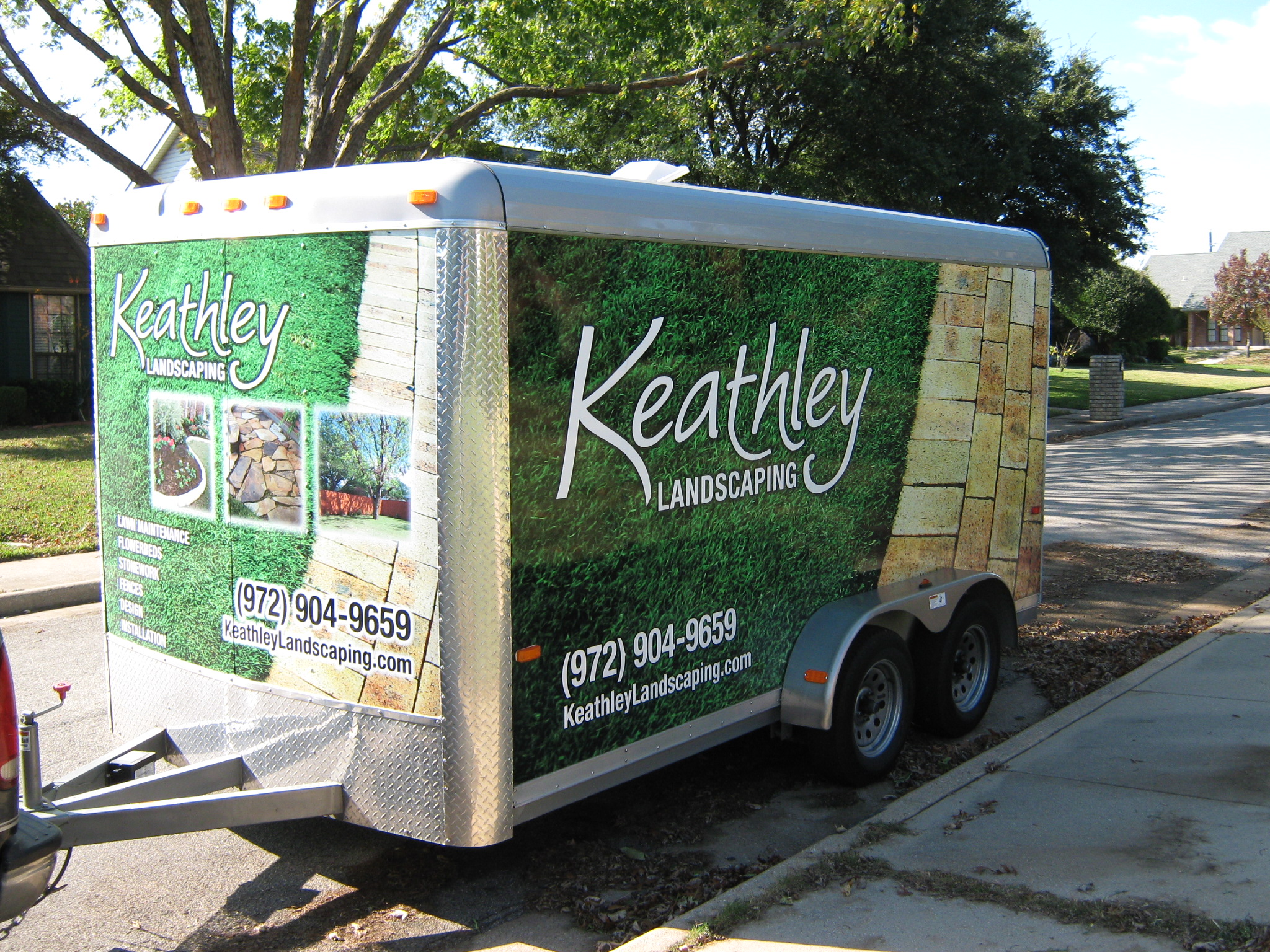Yard Drainage and Climate Change: Preparing for the Future 🌧️
Climate change is no longer just a topic of debate; it’s a reality that affects us all. With increasing instances of heavy rainfall and unpredictable weather patterns, it’s time we rethink how we manage water in our own backyards. In this blog post, we’ll explore how climate change impacts yard drainage and what you can do to prepare for the future. So, grab a cup of tea, and let’s dive in! 🍵
Table of Contents
1. The Impact of Climate Change on Yard Drainage
2. Effective Yard Drainage Solutions
3. Maintaining Your Drainage System
4. Conclusion: A Sustainable Future
5. FAQs
The Impact of Climate Change on Yard Drainage 🌍
Climate change has led to more frequent and intense storms, resulting in excessive rainwater that our traditional drainage systems struggle to handle. This can cause waterlogging, soil erosion, and even damage to your home’s foundation. As temperatures rise, so does the rate of evaporation, which might seem beneficial for drainage at first glance, but it can lead to drier soils that don’t absorb water effectively during heavy rains.
Effective Yard Drainage Solutions 🛠️
There are several strategies you can adopt to improve your yard’s drainage and prepare for unpredictable weather patterns:
1. Install a French Drain
A French drain is a simple yet effective solution that involves a gravel-filled trench with a perforated pipe at the bottom. It helps redirect excess water away from your home. This system is especially useful in areas prone to heavy rainfall.
2. Create a Rain Garden
Rain gardens are an eco-friendly way to manage stormwater. They consist of native plants that thrive in wet conditions, helping to absorb excess water and reduce runoff. Plus, they add beauty to your landscape! 🌸
3. Use Permeable Paving
Replace traditional impermeable surfaces with permeable paving materials that allow water to seep through and be absorbed into the ground. This reduces runoff and helps recharge groundwater.
Maintaining Your Drainage System 🧹
Once you’ve implemented a drainage solution, regular maintenance is key to ensuring its effectiveness:
• Clean Gutters and Downspouts: Remove debris regularly to prevent blockages.
• Check for Damage: Inspect your drainage system for any signs of wear or damage, especially after severe weather events.
• Adjust Landscaping: Ensure that your yard’s grading directs water away from your home, not towards it.
Conclusion: A Sustainable Future 🌱
Preparing your yard for the challenges posed by climate change is not just about preventing damage; it’s about creating a sustainable future for your home and environment. By adopting effective drainage solutions and maintaining them regularly, you can protect your property while contributing to a healthier planet. Let’s embrace the changes and make our yards resilient and thriving! 💪
FAQs 🤔
1. How does climate change affect yard drainage?
Climate change leads to more intense and frequent storms, resulting in excessive rainwater that can overwhelm traditional drainage systems, causing waterlogging and soil erosion.
2. What is a French drain, and how does it work?
A French drain is a gravel-filled trench with a perforated pipe that helps redirect water away from your home, effectively managing excess rainwater.
3. Are rain gardens difficult to maintain?
Rain gardens are relatively easy to maintain, especially if you choose native plants that require minimal care. Regular weeding and occasional mulching help keep them healthy.
4. Why is permeable paving beneficial for drainage?
Permeable paving allows water to seep through, reducing runoff and helping to recharge groundwater, making it an environmentally friendly choice.
5. How often should I check my drainage system?
It’s a good idea to inspect your drainage system seasonally and after severe weather events to ensure it’s functioning properly and to address any potential issues promptly.






































Recent Comments